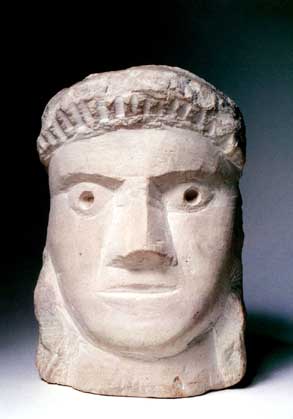André Derain
This exhibition, organised by the IVAM and co-produced with the Fondation de l’Hermitage de Lausanne, is the most extensive that has been presented so far in Spain. It contains about a hundred works from all the periods of his career and includes paintings, drawings, lithographs and a considerable quantity of sculptures. The latest studies on Derain’s work show that his sculptures, which for a long time were undervalued, played a fundamental part in the development of his artistic career. This exhibition is, therefore, a unique opportunity to present to the public a combination of works in which the complex relationships between all the techniques used by Derain to develop his aesthetic discourse are illustrated. André Derain (Chatou, 1880 – Garches, 1954) was one of the leading exponents of Fauvism. He very soon gave up the career of engineering to devote himself wholly to the visual arts. Between 1896 and 1898 he studied at the Académie Carrière, where he met Matisse and formed an enduring friendship with him. Two years later he met Maurice Vlaminck and shared a studio with him in Chatou. In 1901 they were both deeply impressed when they saw the work of Vincent van Gogh. Derain’s desire to pursue a traditional academic training ultimately distanced him from Vlaminck. On returning to Paris after a journey to London, Derain made the acquaintance of Braque and Picasso. His early paintings are marked by Vlaminck’s suggestion to “paint by instinct”. His canvases present pure, saturated colour applied on large areas, without chiaroscuro and without shadows. In 1905 his works, together with those of Vlaminck, Matisse, Van Dongen and Rouault, were described as “fauve” even before the group as such had been created. During his Fauve period, Derain succeeded in marrying the radicalness of his ideas with the refinement that was natural to him. Nevertheless, he soon began to have doubts about the possibilities of the Fauve movement. He became increasingly interested in Cubism and African art, to which Picasso had directed attention. His study of the classical European tradition of art and of primitive art introduced numerous influences into his work and gradually soothed the savage style of his early years. Derain was one of the leading exponents of what Cocteau described as the “return to order” in the period between the two World Wars. His paintings embraced all genres: the nude, landscapes and still-lifes. His sculptural output, which he began at an early stage, intensified during the First World War in the form of masks carved out of copper obtained from the remains of armaments. From 1939 onwards he devoted himself to sculpture with greater enthusiasm, and his works reflected his interest in, and study of, ancient statuary and African art, in his desire to create a personal synthesis of the great styles of the past. The curator of the exhibition is the specialist Rudolph Koella



